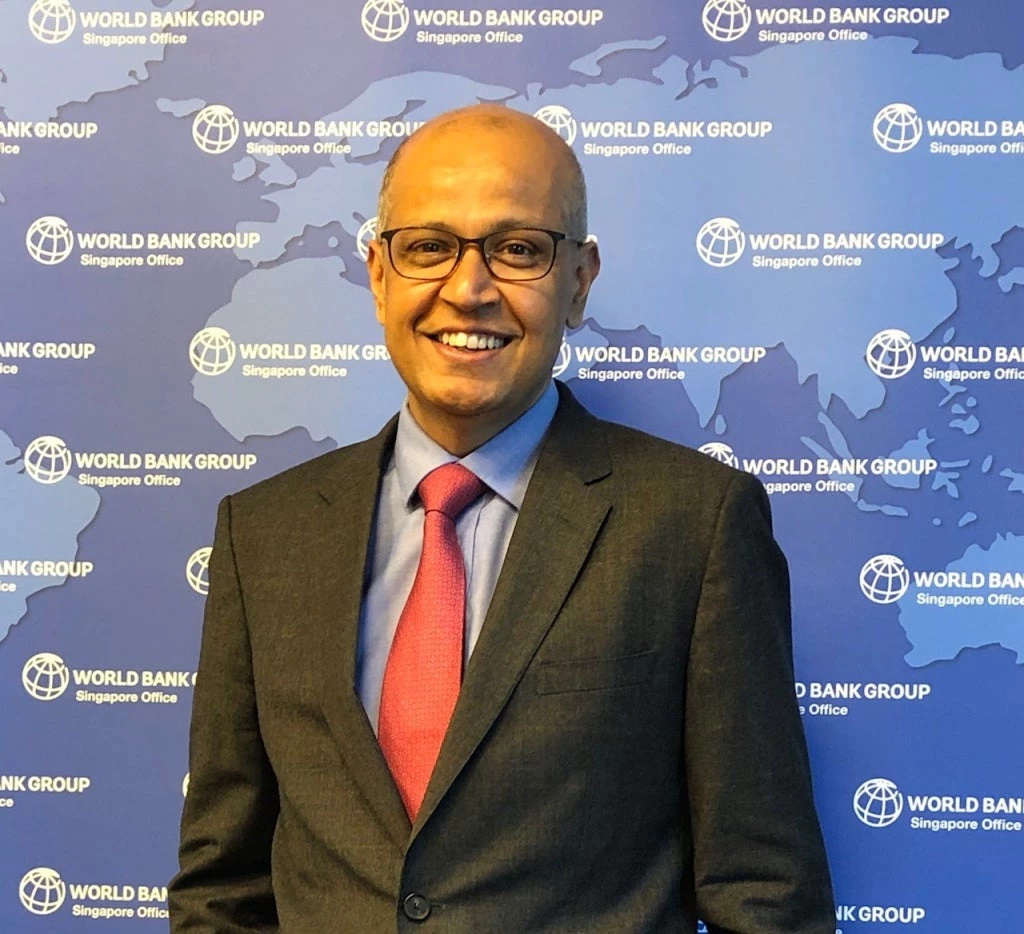 I spent last week at the 2009 UNISDR Global Platform for Disaster Risk Reduction in Geneva. The Global Platform, attended this year by some 1,800 participants from more than 300 Governments and Organizations, is the premier gathering for the worldwide Disaster Risk Reduction community, including political leaders and their policy advisors, UN agencies, international organizations, and scientific/academic institutions. The first event was held in 2007.
I spent last week at the 2009 UNISDR Global Platform for Disaster Risk Reduction in Geneva. The Global Platform, attended this year by some 1,800 participants from more than 300 Governments and Organizations, is the premier gathering for the worldwide Disaster Risk Reduction community, including political leaders and their policy advisors, UN agencies, international organizations, and scientific/academic institutions. The first event was held in 2007.
The World Bank’s East Asia and Pacific region had a strong presence at the Platform with representation (pdf) from all of its countries and regional partners like ASEAN and SOPAC. The Global Facility for Disaster Reduction and Recovery (GFDRR) had its semi-annual Consultative Group meeting on the sidelines of the Platform on June 15. This was an important meeting for us since the Country Programming Profiles that we had prepared for resources from GFDRR for 2009-11 were up for consideration. The profiles were prepared by our country focal points in strong partnership with government authorities with the aim of leveraging scarce GFDRR resources into a coherent and comprehensive disaster risk management program. Donors endorsed the proposed program and were very appreciative of the process followed.
One of the most useful things I learnt at the meetings was the need for effective tools to communicate the need to invest in disaster risk reduction to policy-makers – and the enormous amount of resources available for this purpose. An interesting initiative in this regard is the Global Risk Identification Program (GRIP). Another is the UNEP-led Global Risk Data Platform. Click here for a great graph on the Mortality Risk Index of individual countries. The World Bank now aims to partner with GRIP to do systematic risk identification programs in some of our priority countries in the next year.
Another interesting disaster data and information initiative that was launched at the Platform was the “Weather Information for All” by former UN Secretary-General Kofi Annan. This is an innovative public-private partnership between the World Meteorological Organization (WMO), Mr. Annan’s Global Humanitarian Forum , mobile phone company Ericsson, Columbia University’s Earth Institute and many other partners, in which cell phone towers are used to install weather sensing stations to relay useful weather information to poor farmers in real-time, using the cell-phone network. At the World Bank, we are launching a study in partnership with WMO to make an assessment of early-warning systems in South-East Asia.
Within the Disaster Risk Management community, one of the most important and exciting developments is the increasing realization by policy-makers for the need to link the climate change and disaster reduction dialog and negotiations. Disaster risk reduction will be a key part of the negotiations in the UN’s Climate Change Conference to take place in Copenhagen in December 2009. In a special event on Friday the Intergovernmental Panel on Climate Change discussed its approach to an important study (for release in 2011) on “Managing the Risks of Extreme Events and Disasters.” (pdf)
The Global Platform for Disaster Reduction Risk reduction ended on Friday with call to halve disaster related deaths by 2015, inviting Governments to make 2010 ‘the year of investment and action’.


Join the Conversation